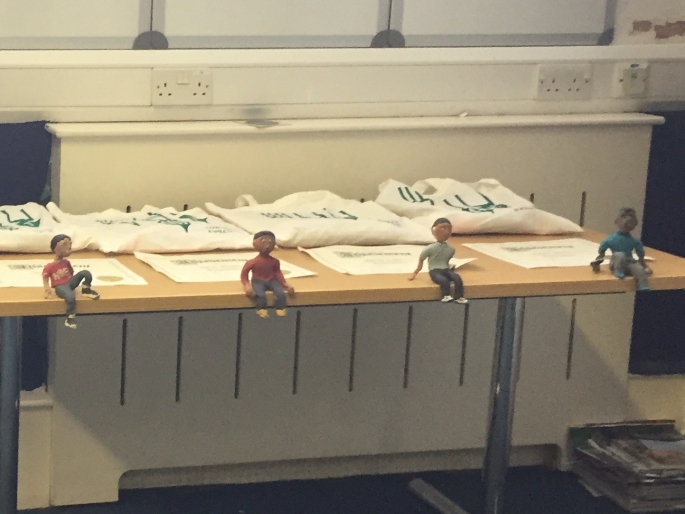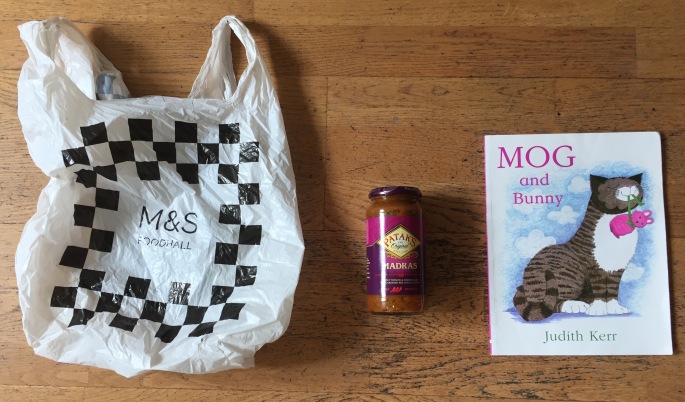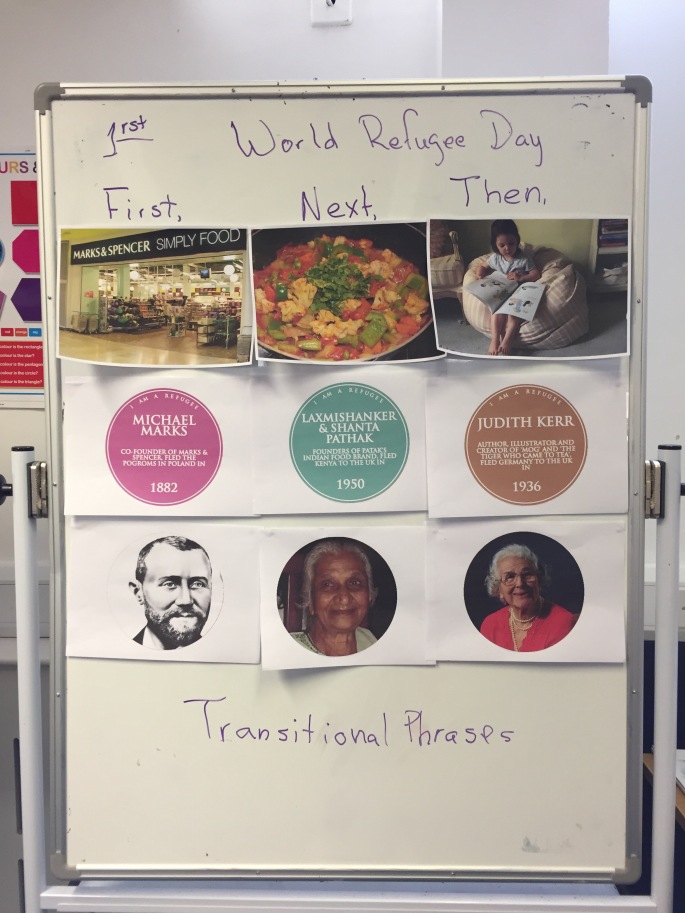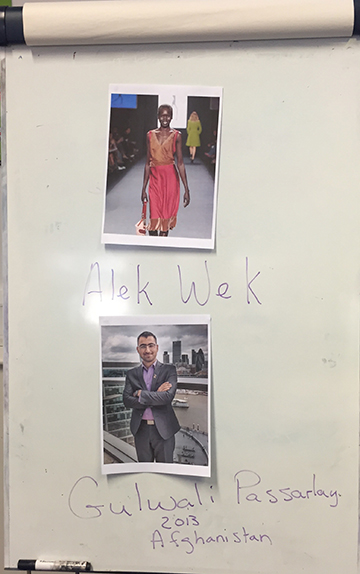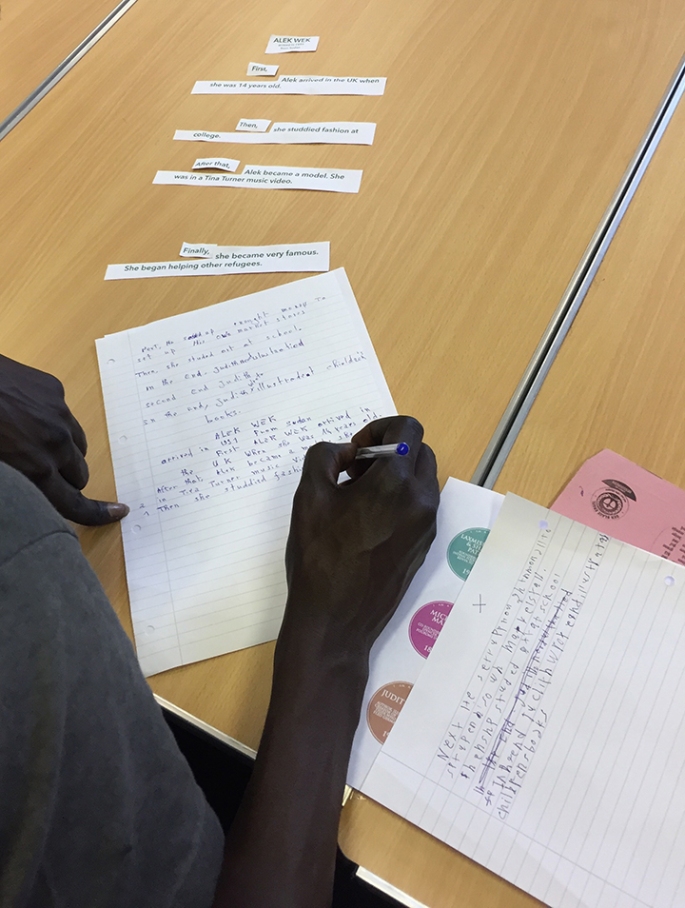A fellow teacher, the dedicated Pam, suggested we take our intermediate students on a trip to Hampton Court Palace which I agreed would be beneficial in helping our lovely students to connect to their second culture and community while strengthening their language skills. Also, we would all have fun!

While researching the trip, we discovered an amazing program called CAS, Community Access Scheme which helps members of the community that would otherwise not be able to visit, experience the Historic Royal Palaces. CAS provided free tickets for our visit as well as lots of support for Pam and me during our planning process and on the day of the visit. Best of all they gifted our students bonus tickets so that they could return on a later date with a friend. That extra ticket is so important. It gives our students a chance to share all that they learnt on their initial visit which builds their self-confidence and fosters pride in being part of their environment. This is so useful for grounding our young refugee students who are here without their families.
Hampton Court Palace is so big and has so much to explore, you could spend several days there focusing on a different topic each day. We decided to focus on three aspects. Henry’s wives was an easy choice as our students always find that topic entertaining. We chose symbolism as it can be found all over the palace and is a convenient subject for reinforcing and introducing vocabulary. Lastly, we took inspiration from the gilding found throughout the palace, to create an interactive activity with a bit of bling. A lot of our students don’t have many personal possessions so we thought they would really appreciate a personalised memento from the day.
We started with an online session of pre-teaching. I created this Google Slides presentation to assist Pam’s lesson introducing the history of Hampton Court Palace, the concept of symbolism, and some of the vocabulary we would be using during our visit. Of course, we had to include the Horrible Histories Divorce, Beheaded, Survived Song.
The students were so excited for the trip. Although our students are young and want to be active, they spend a lot of wasted time isolated because of limited resources and lack of knowledge of how to access events and facilities in their community. That’s why these trips are so important. They help bridge that gap.
The students were each given a clipboard, pencil and booklet and we set off on our mission to find the missing facts that could be found throughout the palace. Having a mission kept the students engaged and gave them a sense of purpose as they moved throughout the palace. The individual booklets also allowed them some independence to make choices and move at their own pace as they explored. Each page of the booklet had visual clues as scaffolding to help them know if they were searching in the correct room or area. I kept the design of the booklet formal and mature to contribute to a feeling of importance for the students. It can be hard to find learning materials that cater to their level of English and also match their maturity. They had fun helping each other. Pam and I also encouraged them to interact with the staff and characters present around the palace.




We were so impressed with the students’ stamina as they finished their mission. They definitely needed a rest at the end. We sat down and had a lovely picnic in a beautiful grassy area surrounded by beautiful flowers.

After everyone recharged, we headed to the educational centre where the CAS provided us with a perfect room to conduct our gilded craft project. We had a large screen to present a slide show I created to discuss what we had discovered about symbolism and gilding during our palace exploration. I then conducted a demonstration on how to gild our boxes. I always have to remind myself to slow down during demonstrations. It always works out better if I go slower than I think I need to when demonstrating a new activity.
After the demonstration, the students chose the symbol that best represented themselves and glued those onto their boxes. Then the fun began! Gilding is tricky and messy. It gets trickier and messier as your fingers get covered in glue. Wet wipes are necessary! There are a lot of steps so we kept the instructions up on the big screen and also had printed copies on each table. The students did well. The symbols get lost once covered in glue and gold sheets until you carefully press in on all of the crevices with your brush. Some students laughed at their distorted symbols while others were meticulous and persevered until a perfect symbol emerged. All had a good time and were quite pleased with their resulting boxes.


The trip was a great success. I enjoyed collaborating with Pam, Joe, the head of the RC Youth development programme, the youth workers at the RC, and all of the staff that supported us at Hampton Court Palace. Most of all, I enjoyed collaborating with our inspiring students. I’m always impressed by their eagerness to learn and their joyful attitude. During classes and trips, you would never be able to guess the challenges these students with huge smiles are facing.



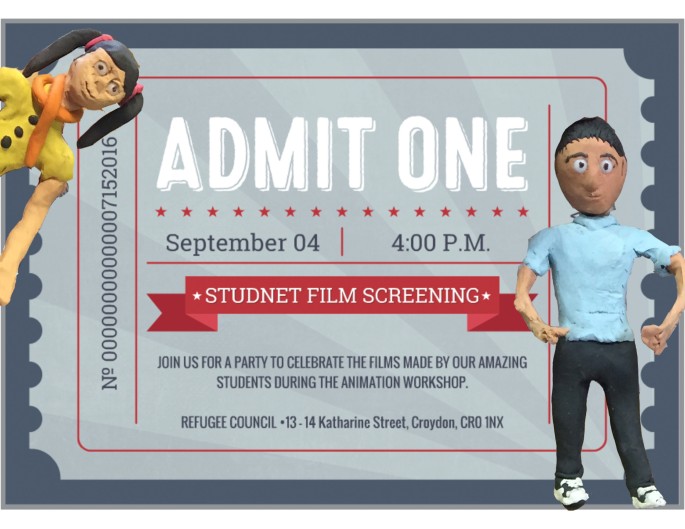 Yes! I printed out lots of posters and sent out lots of emails inviting people to the “studnet” film screening. Oops!
Yes! I printed out lots of posters and sent out lots of emails inviting people to the “studnet” film screening. Oops! 